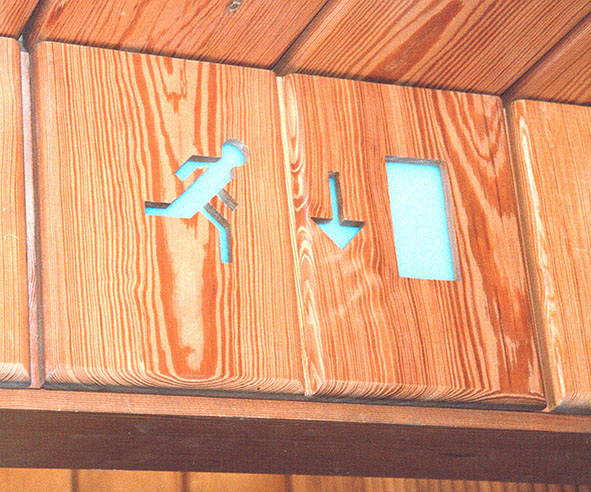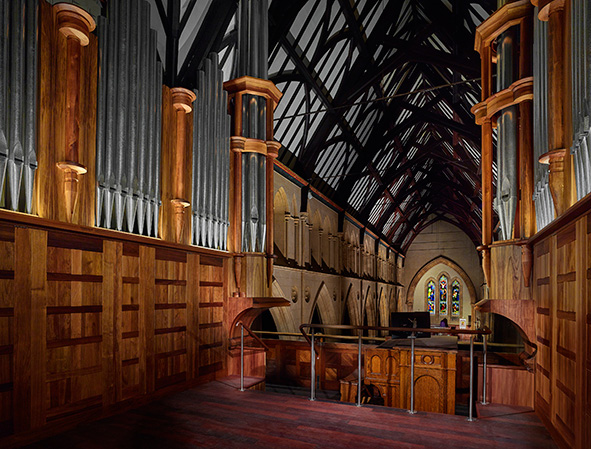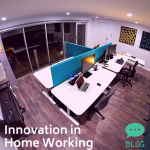‘A Stitch in Time – Guidance Notes in Maintaining your Place of Worship’
Guidance Note 7 – Lighting Church Buildings
Good lighting can create positive emotions towards churches while poor lighting can undermine our relationship with them, even to the point of discouraging attendance for worship.
In its most basic form lighting must be facilitate the practical uses of a church. It must be bright enough to allow worshippers to read their orders of service and hymn books and to enable people to move safely around the building. It must be flexible enough to provide different levels of lighting to different spaces in a variety of circumstances, depending on the time of day and seasonal changes. Lighting should also be economical and easy to run and maintain.
Poorly controlled and distributed artificial lighting can lead to the following issues:

- Glare: the over-brightness of lights against a dark background. Inside it can be uncomfortable to worshippers and visitors. External lights causing glare can be a nuisance to neighbours and may be a hazard to road users.
- Light spillage: more likely to occur with external lighting, this is the unwanted spillage of light beyond the boundary of a church which may cause nuisance to others.
- Sky glow: the upward spill of external light into the sky that can cause a glowing effect perceived as ‘light pollution’
In Scotland, the author worked with St. Andrew’s East Church to insert new facilities into their worship space. Particular emphasis was placed on the route into the space which is lit by an overhead lighting feature, while the chancel has a backlit glass cross. The worship space has up-lighting that gently washes off the sloping ceiling, while modern pendant fittings provide task lighting when required. Because of the need to preserve the sanctity of the worship space emergency lighting was coordinated into the finishes of the new insertion.




Ian Hamilton, Director
Arcuate Architecture, Adelaide
Website: www.arcuatearchitecture.com.au
Email: ianh@arcuatearchitecture.com.au
Phone: (08) 7231 5701




